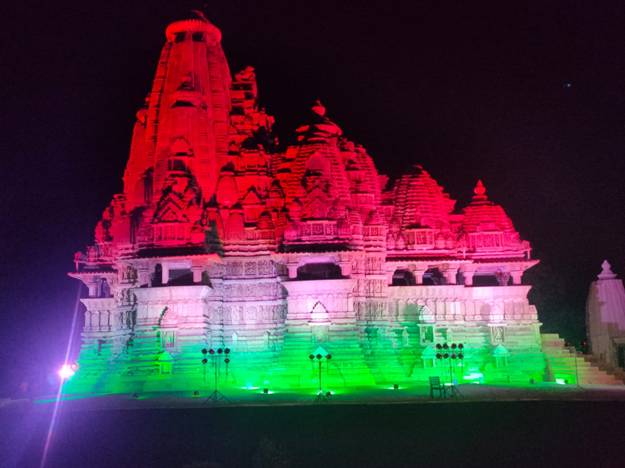Vadnagar, Buddhist Site in Gujarat

108 km from Ahmedabad in Gujarat, Vadnagar has antiquities of centuries. Its importance as a thriving Buddhist centre since 2nd century AD finds mention in the travelogue of the great Chinese traveler and Buddhist monk, Hiuen-Tsang, also known as Xuanzang, who visited the place in the 7th Century AD. According to Hiuen-Tsang, there were ten monasteries in Vadnagar when he visited the place. Going by the description of Hiuen-Tsang who refers to Vadnagar as Anandpur in his accounts, the town was home to around 1,000 Buddhist monks of Sammitiya School’ . The recent discovery of the remains of a Buddhist monastery in Vadnagar has reinforced the claim of Hiuen-Tsang. In 1992, a Bodhisattva statue dating back to 2nd century AD was excavated from Vadnagar. This Bodhisattva image seems to be produced at the Mathura school of art in the 2nd -4rth century and was brought here to be placed at the monastery. All these factors have led to the emergence of Vadnagar as an important Buddhist destin
.png)




